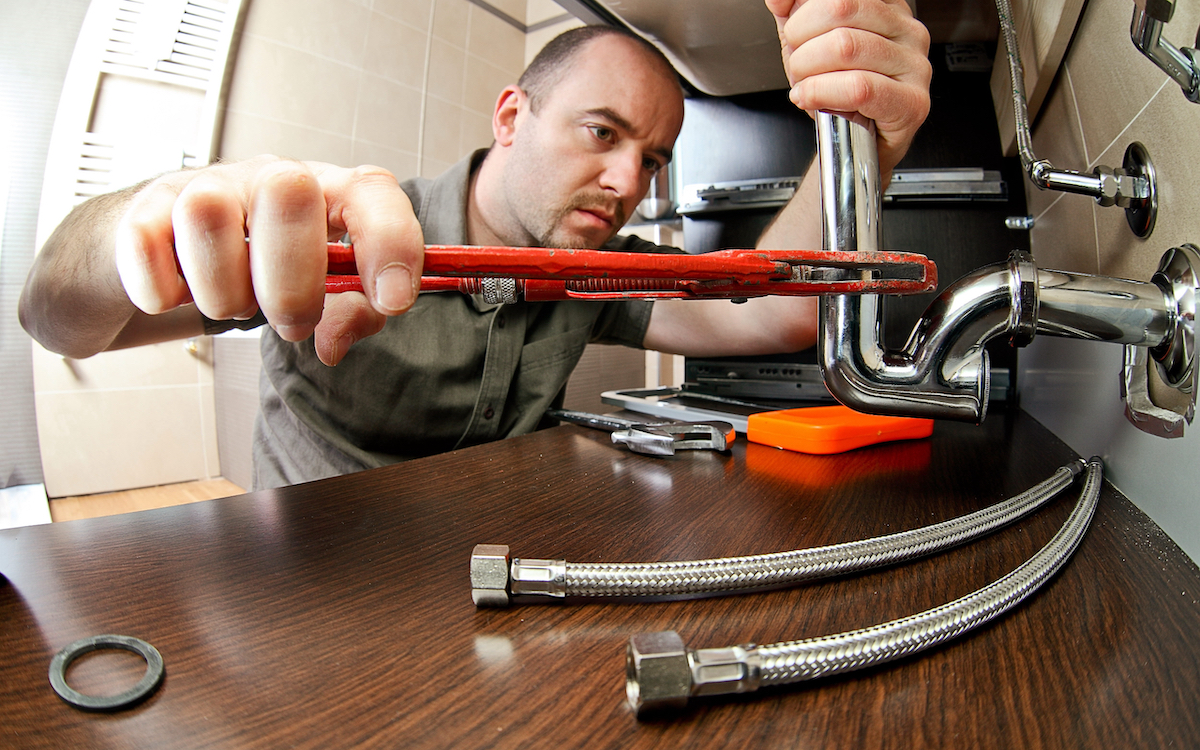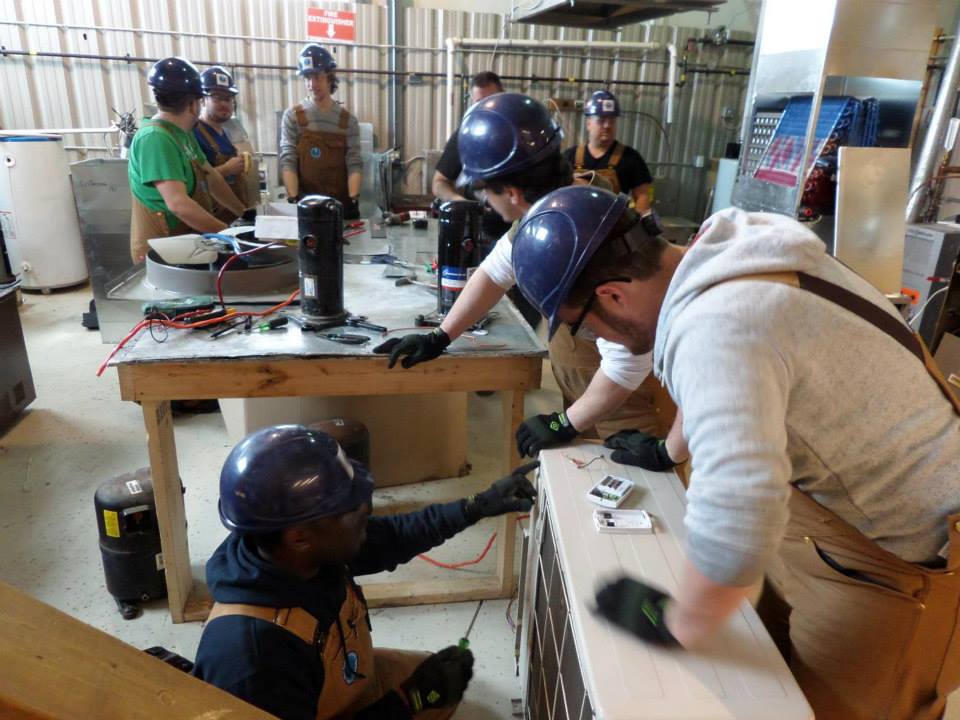Quick and Effective Drain Cleaning Alabaster AL Services Available
Quick and Effective Drain Cleaning Alabaster AL Services Available
Blog Article
A Step-by-Step Guide to Effective Water Heating Unit Installation for Optimal Efficiency
Starting the task of installing a hot water heater is an endeavor that requires precision and an organized technique for accomplishing ideal performance. The procedure begins with the vital decision of choosing the ideal heating system tailored to the particular needs of your house, considering aspects such as energy, kind, and dimension source. As soon as picked, preparing the installment area to meet safety requirements is extremely important. The trip does not finish below. As you proceed, the ins and outs of linking water system lines and establishing reputable electrical or gas connections wait for, appealing insights into ensuring efficiency and reliability.
Picking the Right Water Heater

Following, consider the size and capability of the water heating system. It's vital to examine your house's hot water requirements, which can differ based on the number of passengers and their use patterns. A device that's also small may cause not enough warm water, while an oversized model may lead to unneeded power consumption.
Efficiency scores additionally play a critical role in option. Look for water heating units with high Power Factor (EF) scores, suggesting exceptional efficiency and lowered power use. Tankless models, though commonly a lot more expensive upfront, offer substantial power cost savings over time as a result of their on-demand home heating abilities.
Preparing the Installment Area
Before setting up a brand-new water heating unit, precise preparation of the installation area is important. It's essential to measure the room very carefully to accommodate the water heating unit's measurements, guaranteeing ample clearance around the device for effective procedure and maintenance.
Next, get rid of any debris, dust, or obstructions from the website to develop a clean environment. Inspect the floor for security, as the water heater will certainly require a strong, level surface area to operate effectively. If required, install a drip pan below the device to capture possible leakages or spills, stopping water damage to the surrounding location. In areas prone to seismic activity, think about mounting seismic straps to safeguard the heater securely in position.
In addition, ensure that all essential tools and materials are on hand prior to starting the installation. This consists of things such as wrenches, screwdrivers, a level, and any additional hardware needed for safeguarding the heater and mounting. A well-prepared setup area establishes the foundation for a successful water heating system setup, enhancing efficiency and safety and security.
Connecting Water Supply Lines
When linking supply of water lines to your freshly installed water heating unit, it is critical to ensure that all links are secure and leak-free to maintain efficient procedure and stop water damage. Begin by determining the cool and hot water lines. The cold water inlet is typically marked with a blue tag or a "C", while the warm water outlet is noted with a red tag or an "H".
Use flexible hot water heater adapters to facilitate a less complicated installation procedure. These connectors can absorb vibration and enable minor movement, minimizing the risk of leaks. Prior to attaching the find out here now ports, position a plumbing's tape around the threaded ends of the hot water heater's inlet and outlet pipelines - Plumbing Alabaster AL. This tape serves as a sealant, preventing leakages. Carefully connect the adaptable hose pipes to the particular inlet and outlet, guaranteeing that they are not over-tightened yet limited, which could harm the strings.
Once connections remain in place, slowly transform on the main supply of water valve. Inspect each link for leakages by aesthetically feeling and checking for wetness. Tighten links as needed, and make certain the stress safety valve is properly mounted, securing against excessive pressure build-up.
Establishing Up Electrical or Gas Links
Properly setting up the electrical or gas connections for your water heater is an essential action to guarantee secure and reliable operation. For electrical water heaters, start by confirming that the electrical circuit works with the heating unit's voltage and amperage demands. Make sure the power supply is switched off at the breaker to stop accidents. Attach the electric cords to the heater adhering to the producer's wiring representation. Normally, this entails connecting the ground wire to the eco-friendly terminal, and the continuing to be wires to their matching terminals, safeguarding each with wire nuts.
For gas water heating systems, safety and security is vital. Attach the gas line to the water heater making use of an adaptable gas connector, ensuring it is appropriately threaded and sealed with pipe joint compound or Teflon tape suitable for gas connections.
When connections are made, evaluate for any kind of possible leakages. For gas lines, apply a soapy water service to the joints; bubbles indicate a leak. For electrical connections, ascertain that all circuitry is safe and secure and effectively protected, maintaining compliance with regional electrical codes.
Examining and Readjusting for Performance
With the electric and gas connections securely in area, the next step is reviewing the functional efficiency of your hot water heater. Begin by carefully switching on the supply of water and making sure there are no leaks at any one of the joints or valves. When confirmed, proceed to fill up the container, taking note of the stress and temperature level settings. It is advisable to establish the thermostat to a recommended temperature level of around 120 ° F(49 ° C) to balance power performance and convenience.
Following, carry out an extensive inspection to ensure the burner or gas burners are working appropriately. For electrical heating systems, utilize a multimeter to confirm if the elements are attracting the proper current. In gas designs, observe the heater fire; it needs to be stable and blue, showing effective combustion.
Adjust the settings as essential to get rid of inefficiencies. Take into consideration applying insulation measures, such as including a water heating system blanket, to better improve efficiency by decreasing heat loss. Additionally, examine the anode rod's problem, as a tatty rod can click to read decrease effectiveness and cause tank corrosion.
Final Thought
Efficient water heater installment is vital for making certain optimum performance and energy financial savings. Firmly connecting water supply lines useful reference and carefully setting up electrical or gas connections reduce prospective problems.

Effectively setting up the electrical or gas connections for your water heating unit is a critical action to ensure safe and reliable operation. For electric water heating systems, start by validating that the electric circuit is suitable with the heater's voltage and amperage requirements. Connect the gas line to the water heating unit utilizing a versatile gas port, ensuring it is appropriately threaded and secured with pipeline joint substance or Teflon tape appropriate for gas links.
Report this page